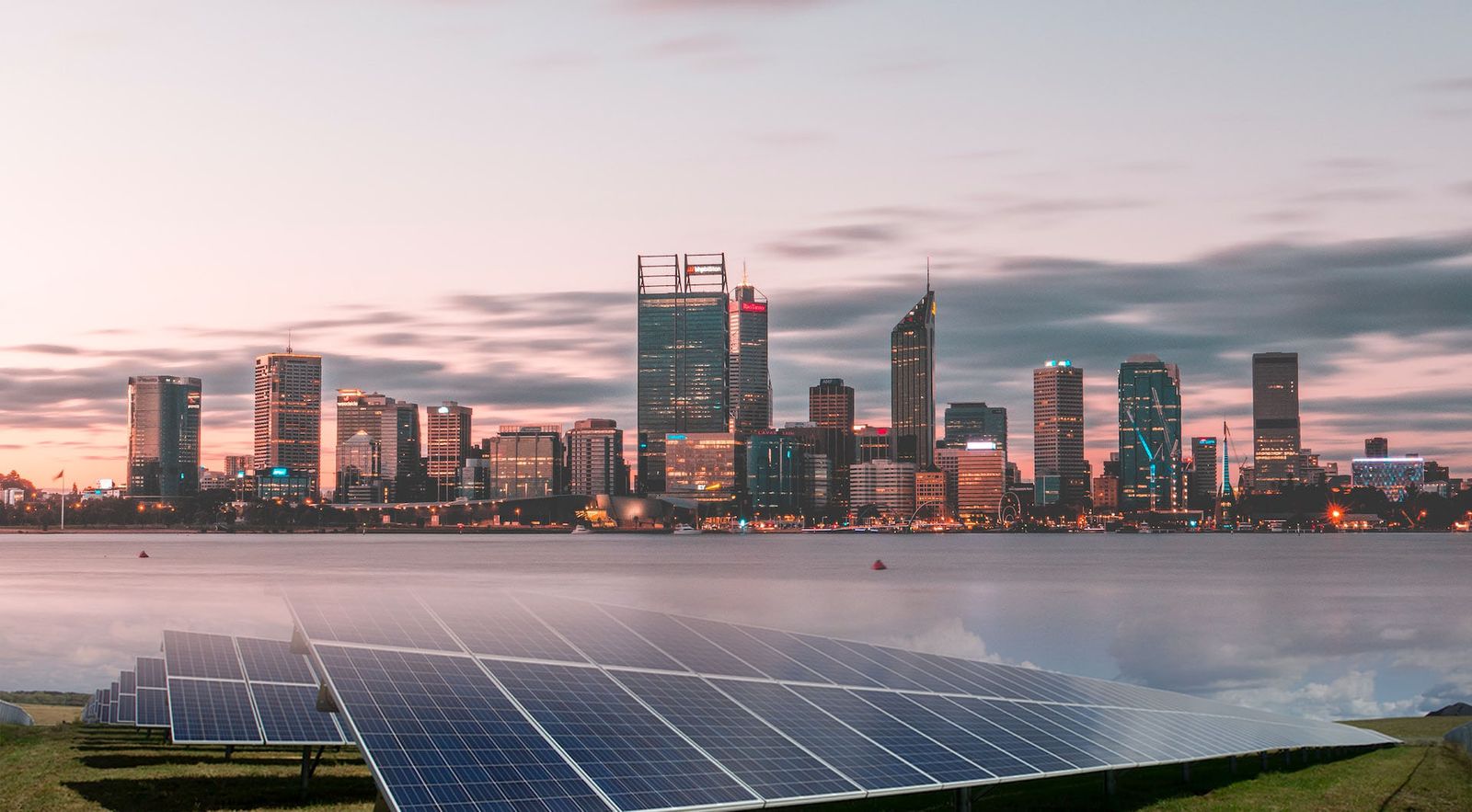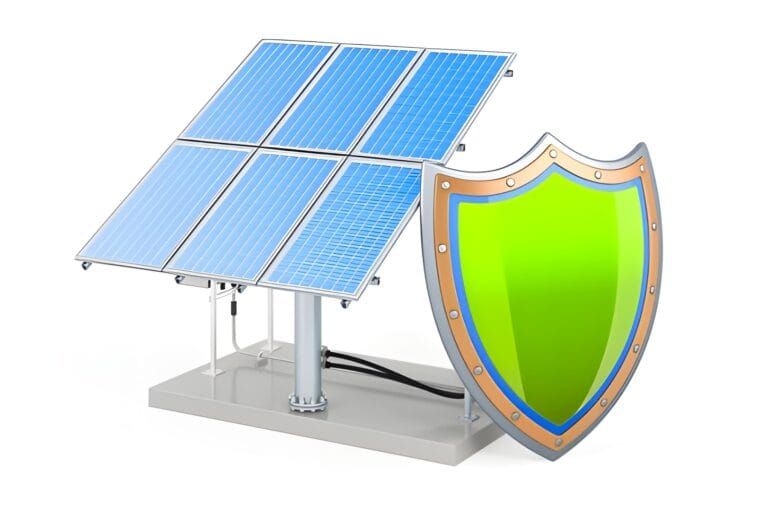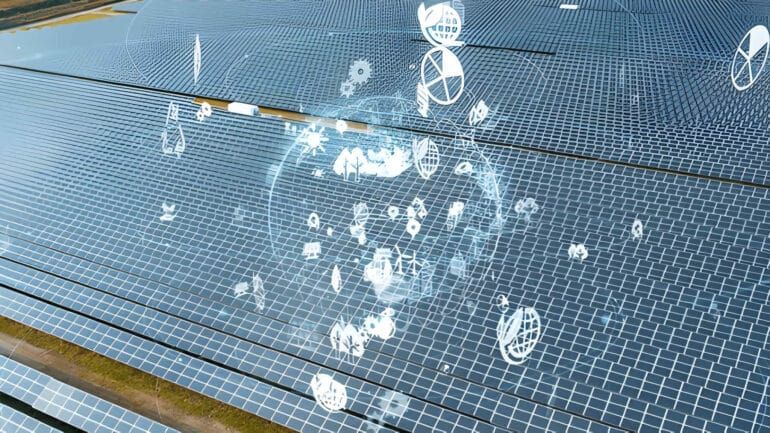Renewable energy and electricity in Perth usage are growing rapidly. The global market for renewable energy has expanded at a rate of 10% every year over the last decade. This trend is not slowing down anytime soon. By 2022, renewable-energy capacity is expected to grow another 20% globally. We have taken a look at the renewable-energy market, focusing on some of the key trends and statistics in this article. Keep reading to learn more about these trends, how they impact different markets, and what you can do to take advantage of them as an investor or business owner.
Perth is well-positioned to harness the power of renewable energy sources, particularly solar energy. In 2023, the city is witnessing a notable increase in the adoption of renewable energy technologies and a shift towards cleaner and greener electricity generation.
Understanding Renewable Energy and Electricity Usage
When it comes to renewable energy, many people have questions and misconceptions. To start, let’s clear up a few common ones. There’s no single, official definition for renewable energy.
There are many different definitions based on the country or state. The most common definition includes any energy source that doesn’t produce harmful carbon emissions. The key takeaway is that renewable energy sources don’t produce pollutants or greenhouse gases that impact the environment in a negative way. Renewable energy comes from nature and is therefore always available.
This isn’t entirely true. Solar energy and hydroelectricity are always available, but other renewable energy sources aren’t. Daily or seasonal fluctuations, weather, and other factors influence how much energy these sources produce at any given time.
Solar Power – Renewable Energy and Electricity
Solar power is one of the oldest renewable energy and electricity sources in the world. Solar panels have been used in a variety of domestic and commercial applications for decades. They are also growing in popularity in the generation of electricity. The solar-power industry is expected to generate over $80 billion in revenue in 2022. This represents a 30% increase from sales in 2017. This growth is largely due to an increase in solar panel installations in emerging economies.
Emerging markets like Asia, South America, and Africa are expected to see an increase in solar panels by 2021. This is because these areas are expected to see an increase in electricity demand. Solar-panel installations are primarily used for domestic energy generation. They can be used for both grid-connected and off-grid applications. Grid-connected systems are connected to the electricity grid, while off-grid systems are not connected to any grid. Grid-connected systems are primarily used for homes or businesses that need a consistent supply of electricity. Off-grid systems are mostly used for remote locations or areas where grid expansion is uneconomical.
Wind Power – Renewable Energy and Electricity
Wind power is a highly reliable source for producing renewable energy and electricity. This is because the wind is a consistent source of energy that is not dependent on factors like rainfall or temperature.
The wind is primarily used to generate electricity. The wind-power industry is expected to generate over $120 billion in 2021. This represents a 15% increase from annual sales in 2017. The increase in sales can be attributed to several factors. Some of these factors include an increase in the number of new installations and an increase in average capacity per installation.
Wind turbines come in two varieties: horizontal axis and vertical axis. Horizontal axis turbines are the most common type in the United States. They are also the most economical. Vertical axis turbines are primarily used in areas where there is a high level of wind. They are more expensive to install, but they are more efficient at generating electricity.
Biofuels
Biofuels are commonly used as fuel sources for vehicles. They are derived from biological materials that are grown and harvested as crops. These crops are then processed into fuel for use in engines. The biofuel industry is expected to generate over $30 billion in revenue in 2021. This represents a 19% increase from annual sales in 2017. This growth can be attributed to an increase in the demand for biofuels across the globe. The demand is expected to increase as governments of different countries implement new regulations on carbon emissions.
Biofuels can be used as a standalone fuel or as a blend with gasoline or diesel. They can be used alone in engines that are designed to run on 100% biofuels. Biofuels can also be used in standard marine engines, airplanes, and cars.
Importance of Electric Vehicles
Electric vehicles are powered by electricity. They are becoming increasingly popular, especially in urban areas. The growing popularity of EVs is expected to drive the demand for electricity in the future. As a result, it is expected that electricity usage will increase in the next five years. The electricity generated by renewable energy sources like solar, wind, and hydroelectricity is expected to increase. This is because more and more people will be switching over to electric vehicles. Increases in the number of EVs are expected to drive up electricity demand.
Solar Power Revolution
The solar power revolution in Perth is in full swing, with an increasing number of households, businesses, and institutions turning to solar panels to meet their electricity needs. The city’s sunny climate, characterized by long hours of sunshine, makes it an ideal location for solar energy generation. Homeowners are installing rooftop solar panels to take advantage of the abundant sunlight and reduce their reliance on the traditional grid. This surge in residential solar installations is not only driven by environmental consciousness but also by the financial benefits of generating their electricity and reducing energy bills.
Large-Scale Solar Farms
Perth is witnessing the development of large-scale solar farms in the surrounding regions. These solar farms, with their vast arrays of solar panels, are capable of generating substantial amounts of electricity to power homes, businesses, and public infrastructure. The establishment of these solar farms contributes to the overall renewable energy capacity of the city and reinforces Perth’s commitment to clean energy generation. These initiatives not only reduce carbon emissions but also create job opportunities and stimulate economic growth in the renewable energy sector.
Integration of Battery Storage
Alongside solar power, the integration of battery storage systems is gaining momentum in Perth. Battery technology advancements have made it possible to store excess solar energy generated during the day for use during nighttime or periods of low sunlight. Homeowners and businesses are investing in battery storage solutions to maximize their self-consumption of solar energy and enhance energy independence. The utilization of battery storage systems not only optimizes energy usage but also increases the reliability and resilience of the electricity supply, particularly during power outages or grid disruptions.
Government Incentives and Policies
The Western Australian government has been proactive in promoting renewable energy and incentivizing its adoption. Various financial incentives, such as solar rebates and feed-in tariffs, encourage individuals and businesses to invest in renewable energy systems. These incentives reduce the upfront costs and provide a favorable return on investment for renewable energy projects. Additionally, the government has implemented policies and targets to increase the share of renewable energy in the overall electricity mix, fostering a supportive environment for the growth of the renewable energy sector in Perth.
Collaborative Efforts and Community Engagement
Perth’s transition to renewable energy is not limited to individual efforts; it is also driven by collaborative initiatives and community engagement. Local organizations, community groups, and educational institutions are actively promoting the benefits of renewable energy and organizing awareness campaigns and educational programs. These initiatives aim to empower the community with knowledge about renewable energy technologies, energy efficiency practices, and the importance of sustainable living. The collective efforts of various stakeholders contribute to a culture of sustainability and reinforce Perth’s commitment to a clean energy future.
Environmental Impact and Sustainability
The increasing adoption of renewable energy in Perth has significant environmental benefits. By shifting away from fossil fuel-based electricity generation, the city is reducing greenhouse gas emissions and combating climate change. The use of clean and sustainable energy sources also improves air quality and promotes the conservation of natural resources. Perth’s commitment to renewable energy aligns with global efforts to mitigate the impacts of climate change and create a sustainable and resilient future for generations to come.
Conclusion
Renewable energy is growing at a rapid pace. The global market for renewable energy has expanded at a rate of 10% every year over the last decade. This trend is not slowing down any time soon.
By 2022, renewable-energy capacity is expected to grow another 20%. The solar power, wind power, and biofuels industries are expected to generate over $80 billion, $120 billion, and $30 billion in revenue respectively. These trends are driven by several factors. These include an increase in the demand for electricity in emerging economies and an increase in the number of electric vehicles. These factors are expected to drive up electricity usage over the next five years.
In conclusion, Perth is embracing renewable energy and making significant progress in transitioning towards a sustainable and clean energy future. The widespread adoption of solar power, the development of large-scale solar farms, the integration of battery storage systems, and the support of government incentives and policies all contribute to the city’s renewable energy revolution. The collaborative efforts and community engagement further strengthen Perth’s commitment to a greener and more sustainable way of life. By harnessing the power of renewable energy, Perth is not only reducing its carbon footprint but also leading the way towards a more sustainable and resilient future for Western Australia and beyond.
If you are an investor or business owner, you can take advantage of these trends by investing in renewable energy projects. You can also use renewable energy in your operations by investing in solar panels or installing a grid-tied system.







